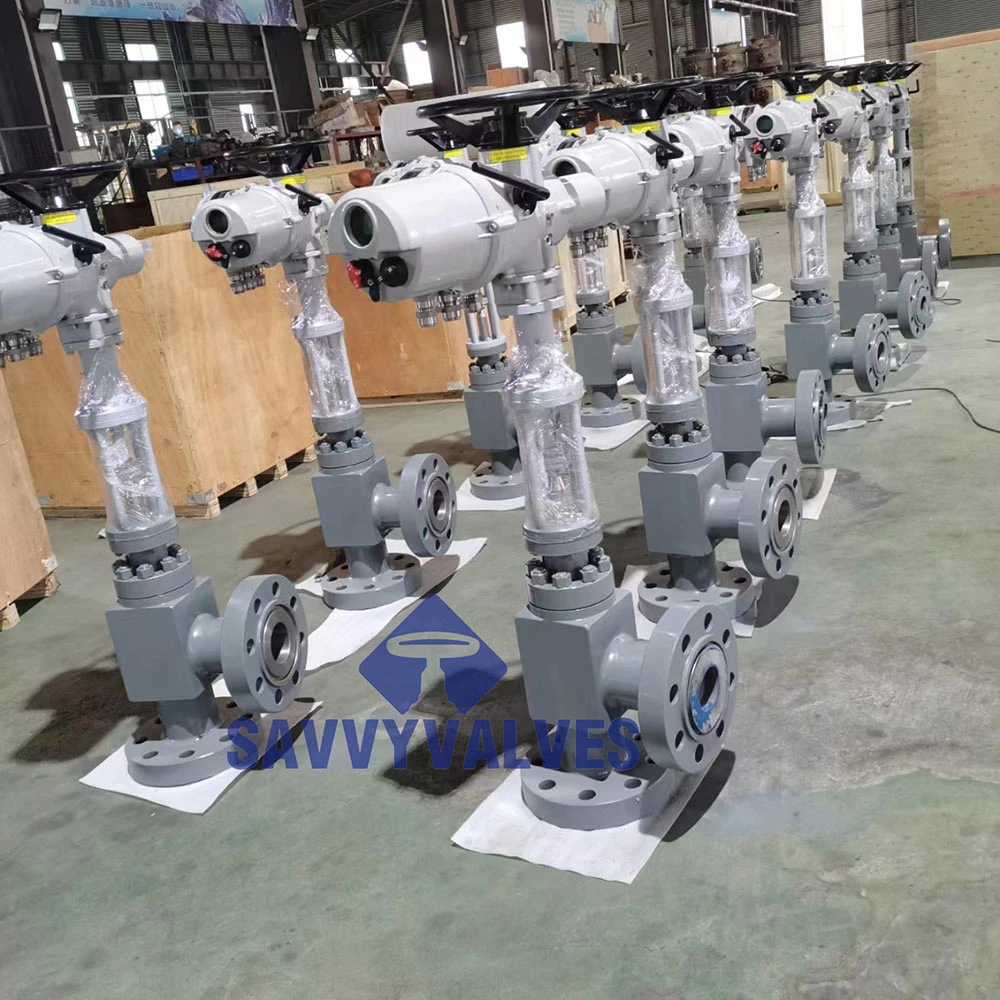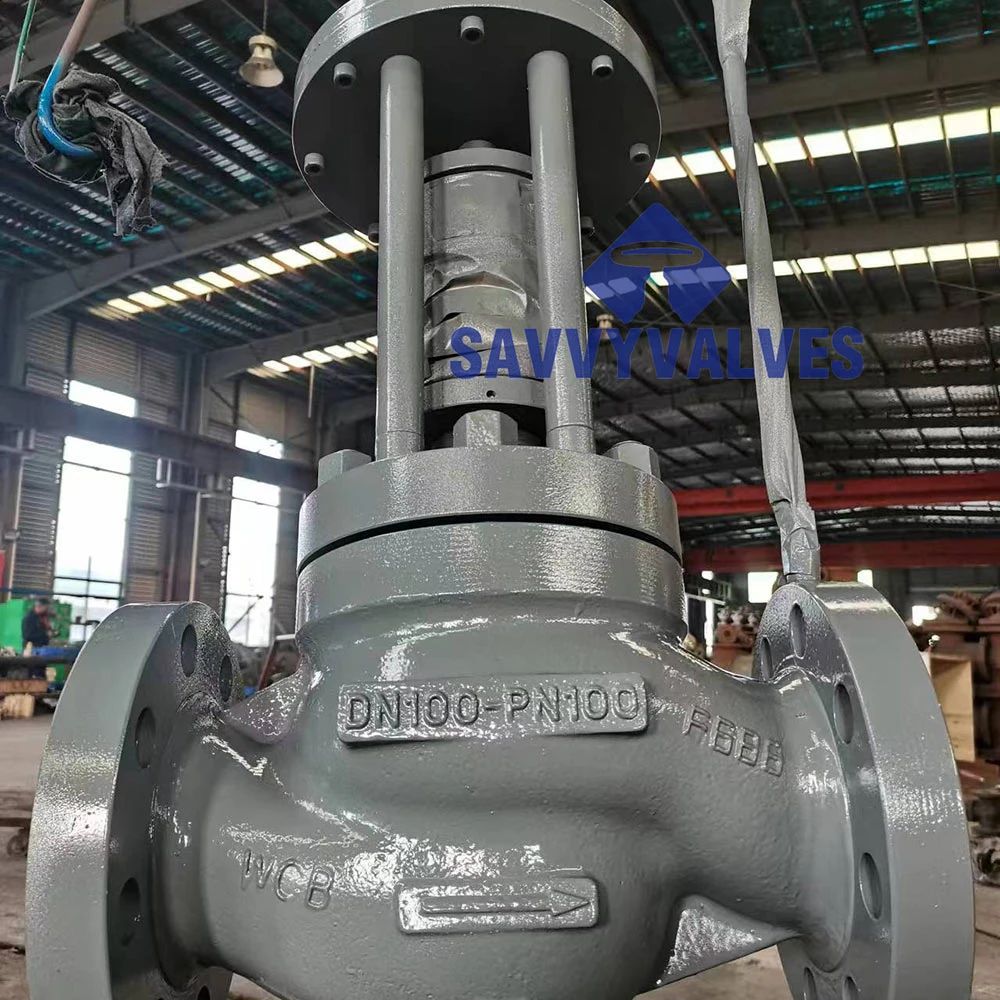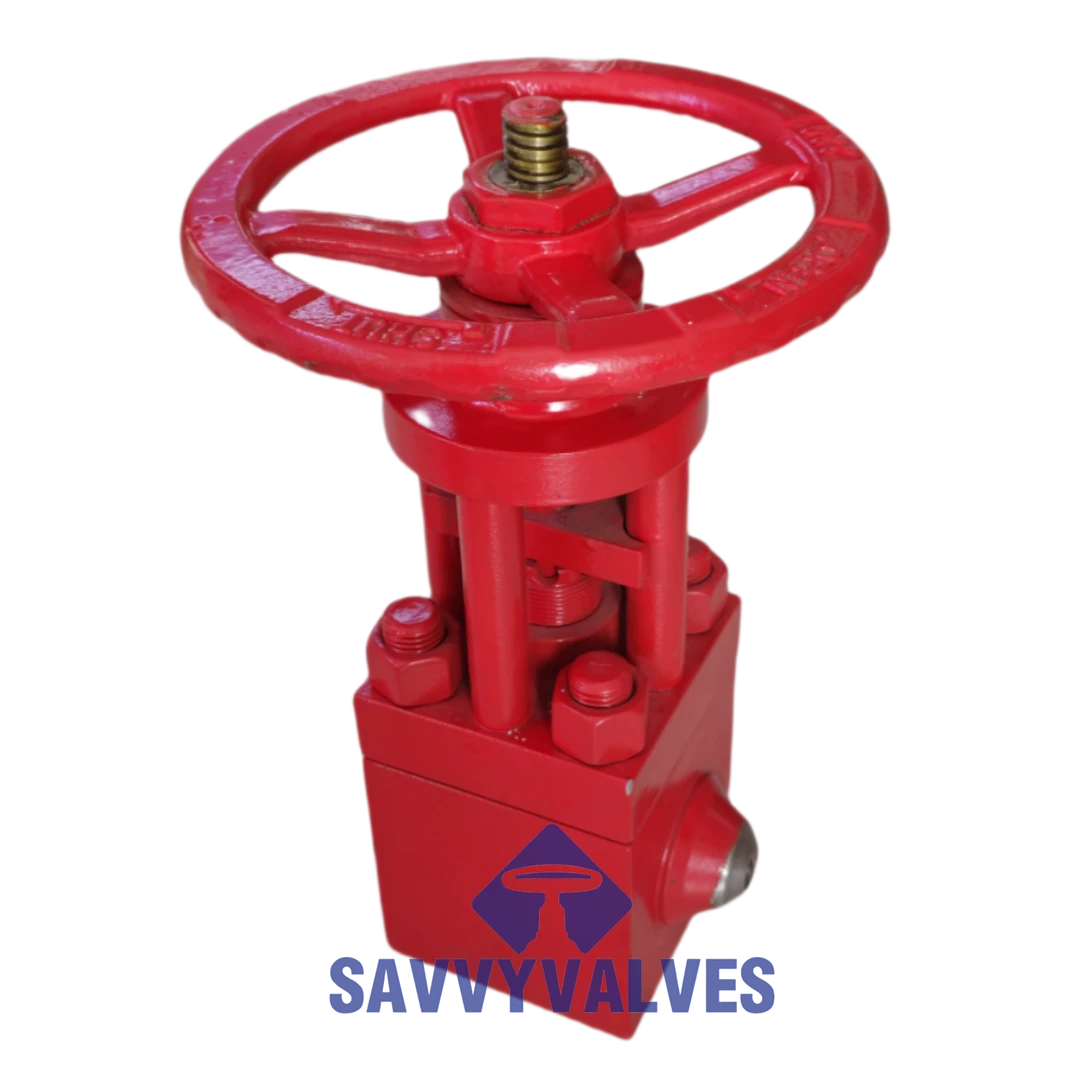Vannes d'étranglement
-
Taille : 2" (2 pouces)
Pression nominale : 10 000 PSI (conforme à la norme API 6A)
Opérateur : Actionneur motorisé
Extrémité de connexion : bride RTJ (API 6BX)
Configuration : Motif d'angle, garnitures en cage équilibrées
Finition de surface : sablée et revêtue d'époxy
Plage de température : -29°C à 425°C
-
Résumé : Taille : 1″ Évaluation : 10 000 PSI, 10 000 PSI, 10 000 PSI Matériaux : Corps et capot ASTM A182 A105 Disque ASTM A182 F105+TCC Tige ASTM A182 F6A Siège de corps recouvert de TCC Opérateur : volant Extrémités : API 6A, API 6D.
-
LES PHOTOS MONTRENT LES SPÉCIFICATIONS CI-DESSOUS
TAILLE : 3″
COTE : 10 000 PSIG
CARROSSERIE ET CAPOT : TC YG6
FICHE : TC YG20
TIGE : INCONEL 625
CAGE : INCONEL 625
SIÈGE : YG 6
ACTIONNEMENT : ACTIONNEUR ÉLECTRIQUE
-
LES PHOTOS MONTRENT LES SPÉCIFICATIONS CI-DESSOUS
TAILLE : DN100
NOTE : PN100
CARROSSERIE ET CAPOT : A216 WCB
FICHE : 410SS
TIGE : 316SS
CAGE : 410SS
SIÈGE : 410SS
ACTIONNEMENT : ACTIONNEUR PNEUMATIQUE
-
Bref:
Taille : 1/2″
Capacité nominale : 4 500 lb
Matériels:
Corps et capot ASTM A105
Disque ASTM A105 + stellite 6
Tige ASTM A182 F6A
Siège de carrosserie superposé Stellite 6
Opérateur : volant
Extrémités : BW selon ANSI B16.25
A choke valve is a type of control valve specifically designed to regulate the flow and pressure of fluids—especially in high-pressure systems such as oil and gas production. It works by varying the size of the flow passage through a movable component, often a plug or needle, which reduces or increases flow rate accordingly. Unlike standard valves that primarily open or close flow, choke valves are meant for precise throttling, allowing operators to control production rates and manage pressure drops in wellheads and pipelines. They are built to withstand harsh environments, including corrosive and erosive fluids, thanks to durable materials like tungsten carbide or Inconel. Choke valves can be fixed or adjustable: fixed choke valves use a static orifice size, while adjustable versions allow dynamic control via manual or automated actuation. In many systems, they serve as the first line of control, reducing pressure from reservoir levels to downstream equipment tolerances. Their reliability and accuracy make them essential in high-pressure oilfield operations, ensuring safe, stable, and efficient fluid handling over long periods.





